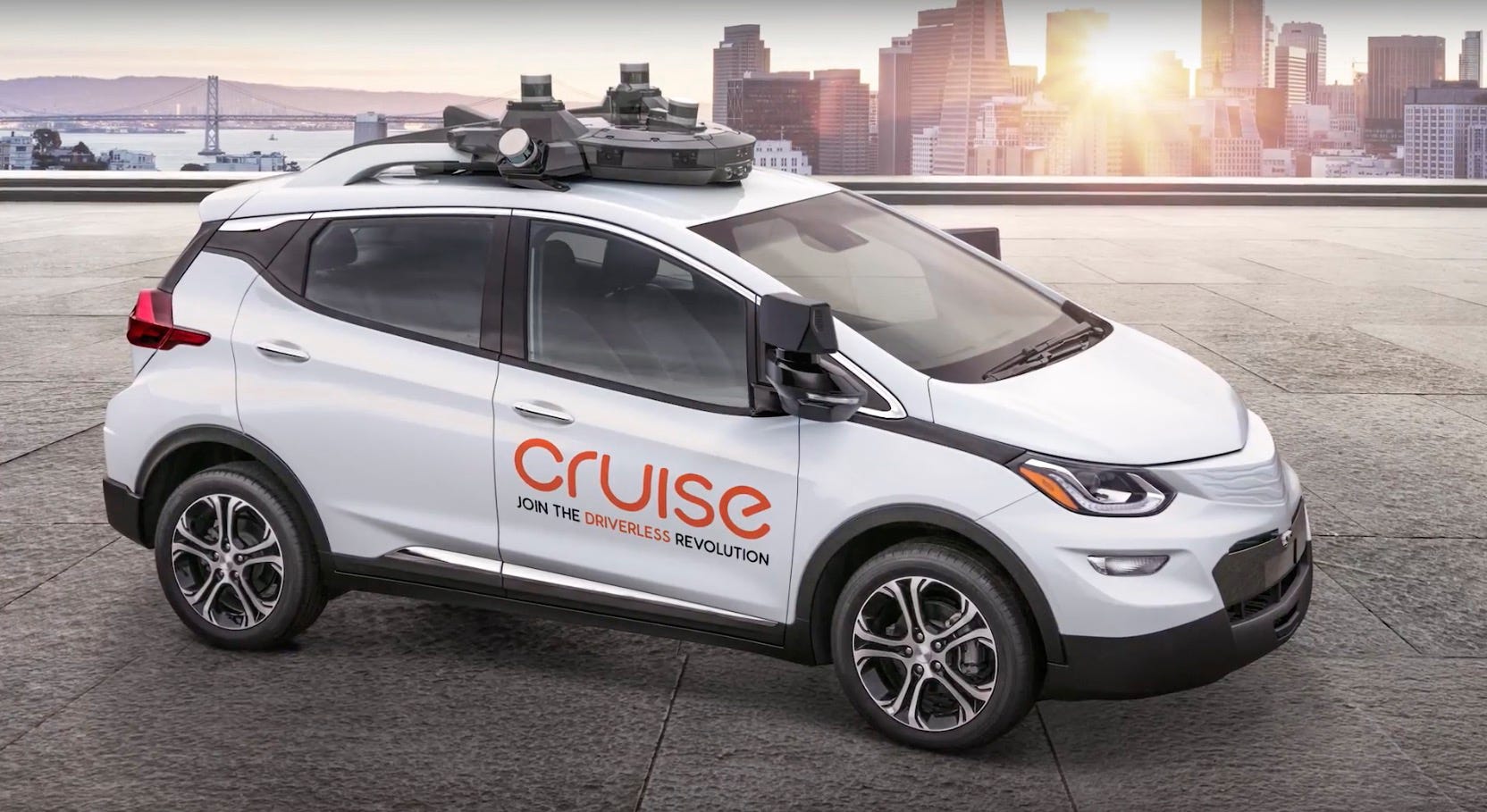SAN FRANCISCO (Reuters) – The former head of Uber Technologies Inc’s self-driving technology unit, Anthony Levandowski, filed for bankruptcy protection on Wednesday, shortly after a court confirmed that he must pay $179 million to Google to end a legal battle over his split from the Alphabet Inc unit. FILE PHOTO: Former Google and Uber engineer… Continue reading Ex-Uber self-driving head declares bankruptcy after $179 million loss to Google
Tag: Waymo/Google
Driverless car startup Five raises $41m investment from Direct Line and Airbnb backer – City A.M.
London tech firm Five has today closed $41m in funding from a slew of new investors, including Trustbridge Partners, Direct Line and Sistema VC. The series B fundraising was supported by existing backers Lakestar, Amadeus Capital Partners, Kindred Capital and Notion Capital — which between them have backed the likes of Airbnb, Klarna, Graphcore and… Continue reading Driverless car startup Five raises $41m investment from Direct Line and Airbnb backer – City A.M.
Cruise sees rapid improvement in self-drive data in California
(Reuters) – General Motors Co’s self-driving unit Cruise said its test vehicles experienced a rapid rate of improvement in the second half of 2019, enabling it to edge past Alphabet Inc’s Waymo in data reported to California’s Department of Motor Vehicles. FILE PHOTO: A Cruise self-driving car, which is owned by General Motors Corp, is… Continue reading Cruise sees rapid improvement in self-drive data in California
Alphabet’s Waymo raises US$2.25b for driverless cars
WAYMO raised US$2.25 billion from a slate of private equity investors, venture capitalists and automotive companies, the first time Alphabet Inc’s autonomous vehicle unit has taken outside funds.Silver Lake Management LLC, a private equity firm, led the round, which also includes vehicle manufacturer Magna International Inc, car seller AutoNation Inc, Abu Dhabi’s Mubadala Investment Co and the Canada Pension Plan Investment Board.Alphabet’s “other bets” division, which includes Waymo, has absorbed billions of dollars in losses in recent years.
Five, the self-driving startup, raises $41M and pivots into B2B, away from building its own fleet
We are still years away from a time when fully-autonomous cars will be able to drive us from A to B, and the complexity of getting to that point is likely going to need hundreds of billions of dollars of investment before it becomes a reality. That hard truth is leading to some shifts in… Continue reading Five, the self-driving startup, raises $41M and pivots into B2B, away from building its own fleet
Autonomous vehicles: Waymo raises $ 2.25 billion from outside investors
Waymo wants to move up a gear. The Alphabet subsidiary specializing in driverless cars announces, on Tuesday, a colossal round of funding of $ 2.25 billion. Carried out for the first time with external investors, this fundraising aims to allow the company to expand on a global scale. The private equity firm Silver Lake, the… Continue reading Autonomous vehicles: Waymo raises $ 2.25 billion from outside investors
Lyft ramps up self-driving program
A year ago, Lyft submitted a report to the California Department of Motor Vehicles that summed up its 2018 autonomous vehicle testing activity in a single, short paragraph. “Lyft Inc. did not operate any vehicles in autonomous mode on California public roads during the reporting period,” the letter read. “As such, Lyft Inc. has no… Continue reading Lyft ramps up self-driving program
GM’s Cruise cleared to carry passengers in self-driving cars in California
Cruise LLC, the autonomous-vehicle unit of General Motors Co., has been cleared to carry passengers in California. The company has been authorized by the California Public Utilities Commission. to transport passengers in test self-driving vehicles on public highways in California. Cruise’s self-driving cars will be required to be operated by a human who has been issued a test vehicle operator permit by the… Continue reading GM’s Cruise cleared to carry passengers in self-driving cars in California
Driverless car startup Pony.ai raises $462 million at a $3 billion valuation – VentureBeat
In a sign that investors’ enthusiasm for driverless cars hasn’t dampened yet, Pony.ai today secured a whopping $462 million in fresh funding, $400 million of which came from Toyota. The capital infusion brings the Guangzhou- and Fremont, California-based startup’s total raised to about $800 million at a valuation north of $3 billion (up from $1… Continue reading Driverless car startup Pony.ai raises $462 million at a $3 billion valuation – VentureBeat
Waymo joins backlash against California self-driving data requirement
(Reuters) – Alphabet Inc’s (GOOGL.O) Waymo and General Motors Co’s (GM.N) Cruise are leading a backlash against a California reporting requirement on self-driving vehicle test data that the companies claim is not relevant or accurate in measuring performance or progress. FILE PHOTO: Reuters reporter Alexandria Sage steps out of a Waymo self-driving vehicle during a… Continue reading Waymo joins backlash against California self-driving data requirement
